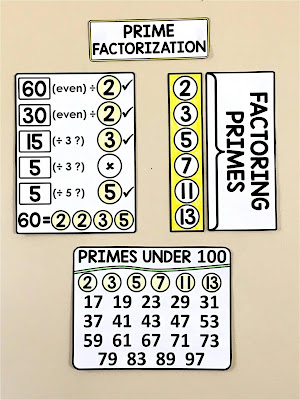Moment 5: Euclid
If we knew nothing of Euclid, born in Greece 2375 years ago and dying at the ripe old age of 65, to find the greatest common factor (GCF) between any two positive integers, say, 84 and 105, we would prime factorize both numbers:
Then match the primes of both numbers, multiply them together, and get our GCF.
The GCF, therefore, of 84 and 105 is (3*7) or 21.
Euclid is widely recognized as the greatest mathematician of all time (class notes). One of his developments was what we now call the Euclidean Algorithm [for finding the GCF]. Using his algorithm, instead of prime factorizing and multiplying the prime factors of 84 and 105, we’d divide 84 into 105 (the smaller into the larger) and look at the remainder:
105 = (84)(1) + 21
Here, 21 is the remainder. We then divide 21 into 84 (the remainder into the smaller) and again look at the remainder. We do this until we get a remainder of zero or one. If we ever get to a remainder of one, there is no GCF and the numbers are relatively prime [in relation to each other, they have no common factors except for the number 1].
In our example:
84 = (21)(4) + 0
We get a remainder of zero on the second round. We then look at the last nonzero remainder to find our GCF and see that is 21, or exactly what we got from prime factorizing.
Euclid didn’t earn his title Best by developing just one algorithm; he made numerous other contributions to mathematics. According to Eves, it was only until very recently that American high school geometry books were indirectly written by Euclid. “Indirectly” because Euclid wrote a series of 13 books, Elements, that have been translated and tweaked over the years into a high school curriculum. Euclid’s Elements was finally printed for the first time 1482 and contained the set of axioms used in current day geometrical proofs.
Since 1482, many scholars have set out to make Euclid’s work more accessible to students. Adrien-Marie Legendre from France later rearranged and rewrote Euclid’s work to be more pedagogical, John Farrar of Harvard translated Legentre’s version into English in 1819, and in 1822 Scottish Thomas Carlyle further revised the work. It was because of Carlyle’s work, and therefore via the transitive property (included in Elements as Axiom #1: “Things which are equal to the same thing are equal to one another,” that Euclid was responsible for the content of American geometry books [4, page 75].
Works Cited:
[4] Eves, Howard, Great Moments in Mathematics Before 1650, The Mathematical Association of America, 1983
I recently made this set of visual references for a math word wall to help students with finding prime factors. You can find it in my blog’s free math resource library.






No comments:
Post a Comment
Comment